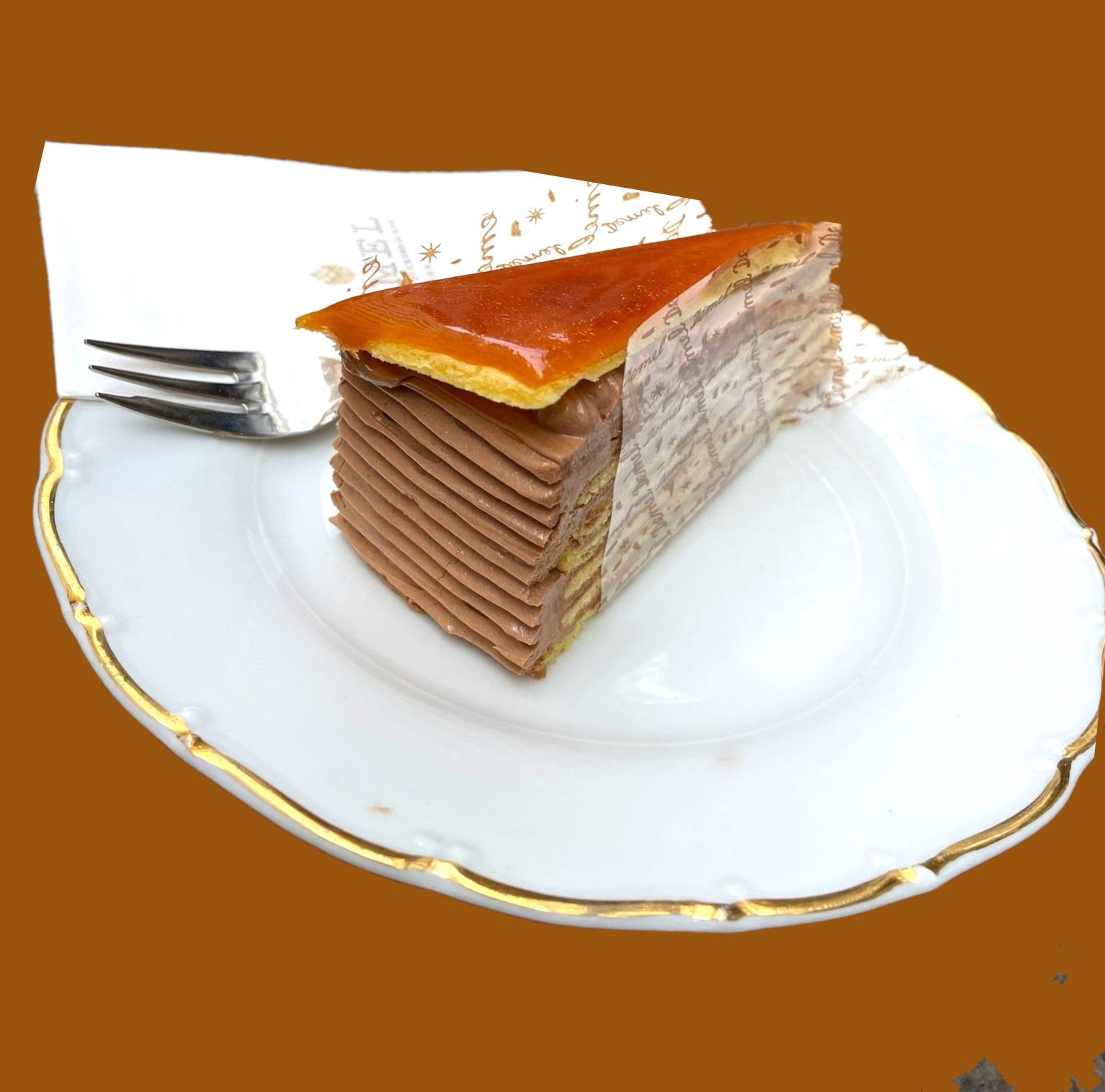Eggs
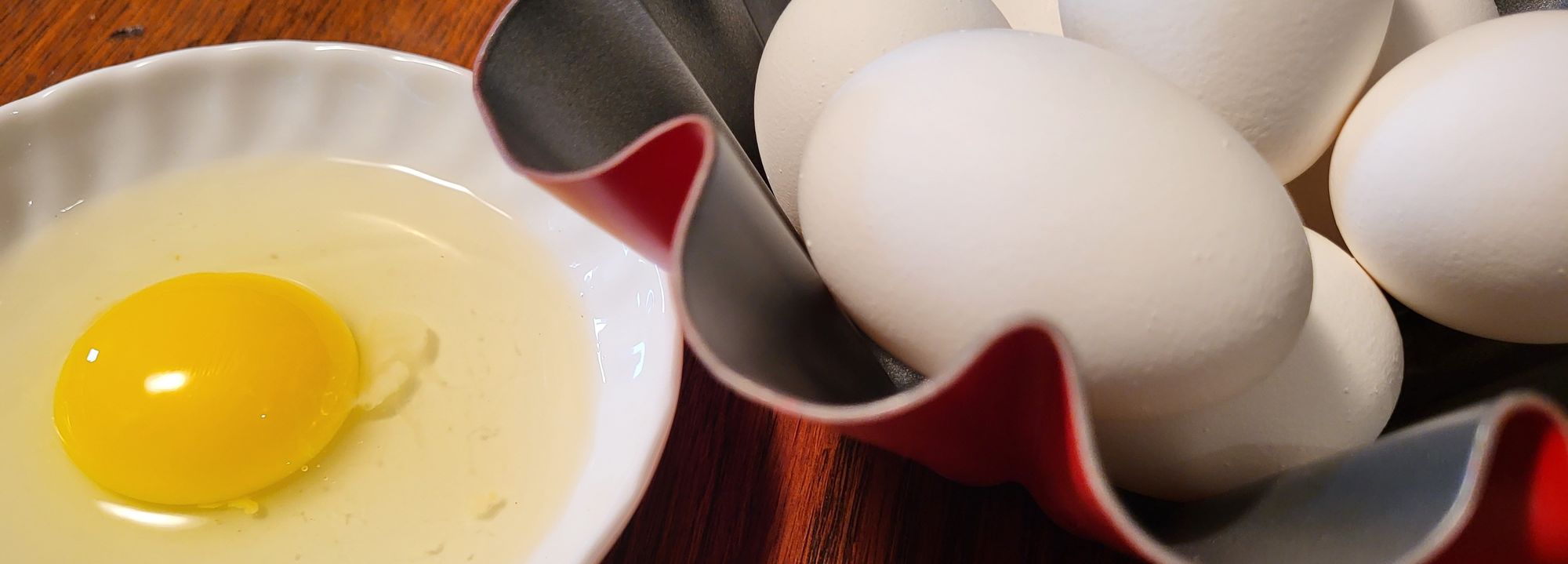
Baking is all about eggs and the way it binds the other ingredients of the pastry. The function and behavior of eggs can really vary depending on how we treat them in the recipe.
Eggs have a role in everything from cakes and cookies to meringues and creams — they create structure and stability within the batter and help thicken and emulsify creams and custards. Add moisture to cakes and other baked goods, and can even act as glue or glaze.
In some recipes in my grandmother's recipe notebook, the weight of all the ingredients is defined in relation to the weight of the eggs - using a Balance Scale, popular in every Austro-Hungarian household, for example, the instruction for using flour "4 eggs heavy" means 4 eggs in the left tray to balance against the amount of flour in the right tray.
A large chicken egg, nowadays, in the shell weighs about 57 grams in total; that’s about 38 grams for the white, 19 grams for the yolk, and a fraction for the shell. Inside the shell, a large egg has about 3 1/4 tablespoons of total egg matter — 2 parts white to 1 part yolk.
The number of eggs used in my grandmother's cakes is astounding. I wonder if the eggs of those days were smaller than what we have today. Some recipes use 10, 12 or 16 eggs for the dough and then even more for the cream. It is not rare to be left with a few egg whites because the dough used more egg yolks than whites. My grandmother had recipes to solve this problem by special bakes to use the spare egg whites. For example, the recipe for Bishop’s Bread allows adding any number of egg whites to the batter. Or the Snow Cake that is made only with egg whites. Not to mention the "Kisses" that use exclusively egg whites
Egg Whites
When egg whites are used alone, usually whipped, they incorporate the air bubbles created during the whipping process into the batter, The whipping creates a fairly stable foam that is used to make everything from puddings, sponge cakes or meringues. To help stabilize egg whites even more, we can add sugar, cream of tartar or lemon juice.
From the meringue, my grandmother had recipes for Chocolate Kisses and Date Kisses or use it as a topping for some cakes like Ladies' Whim. The sugar makes whipped egg whites incredibly stable — you can even pipe it using a piping bag as in the recipe for Moor in Shirt.
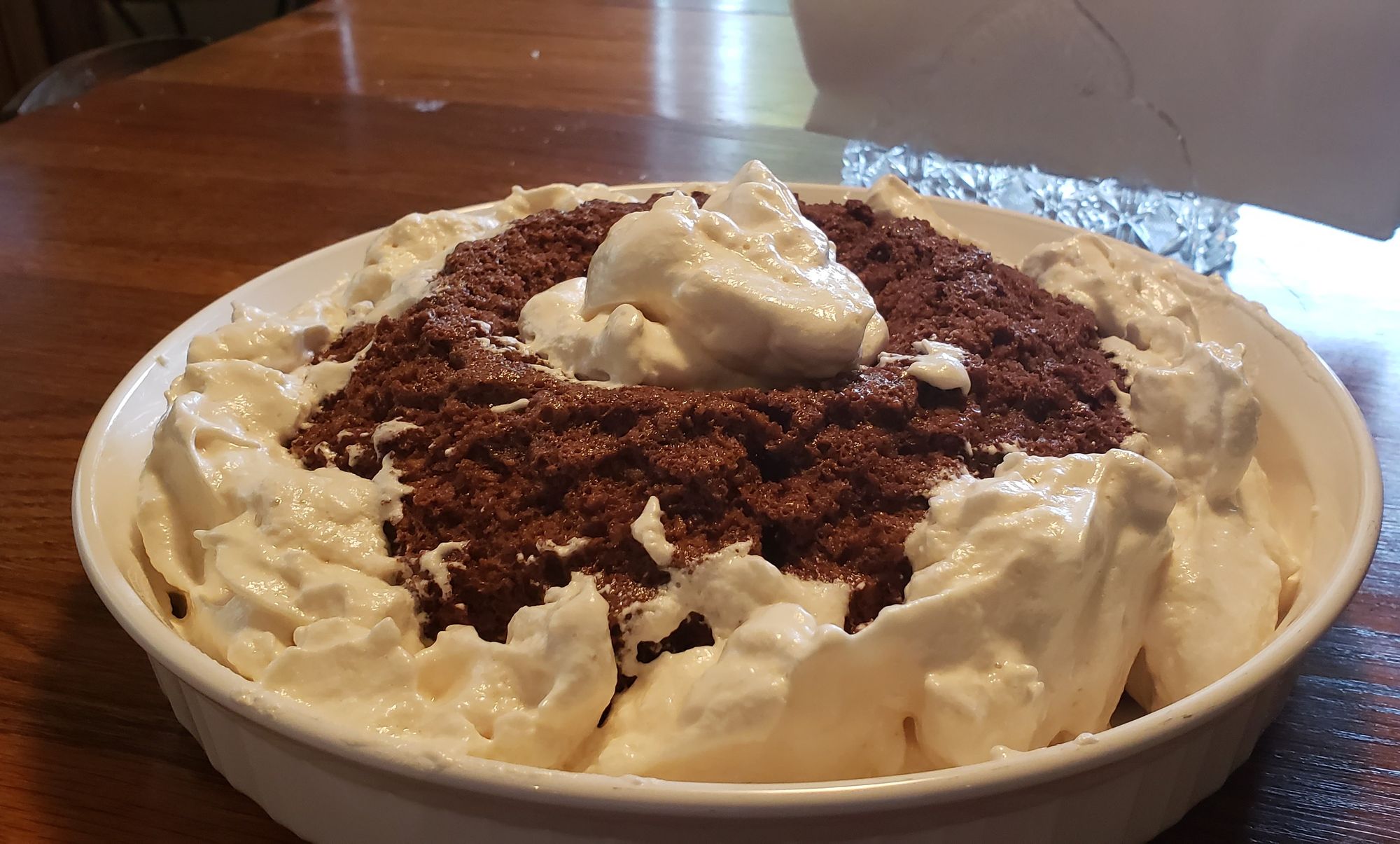

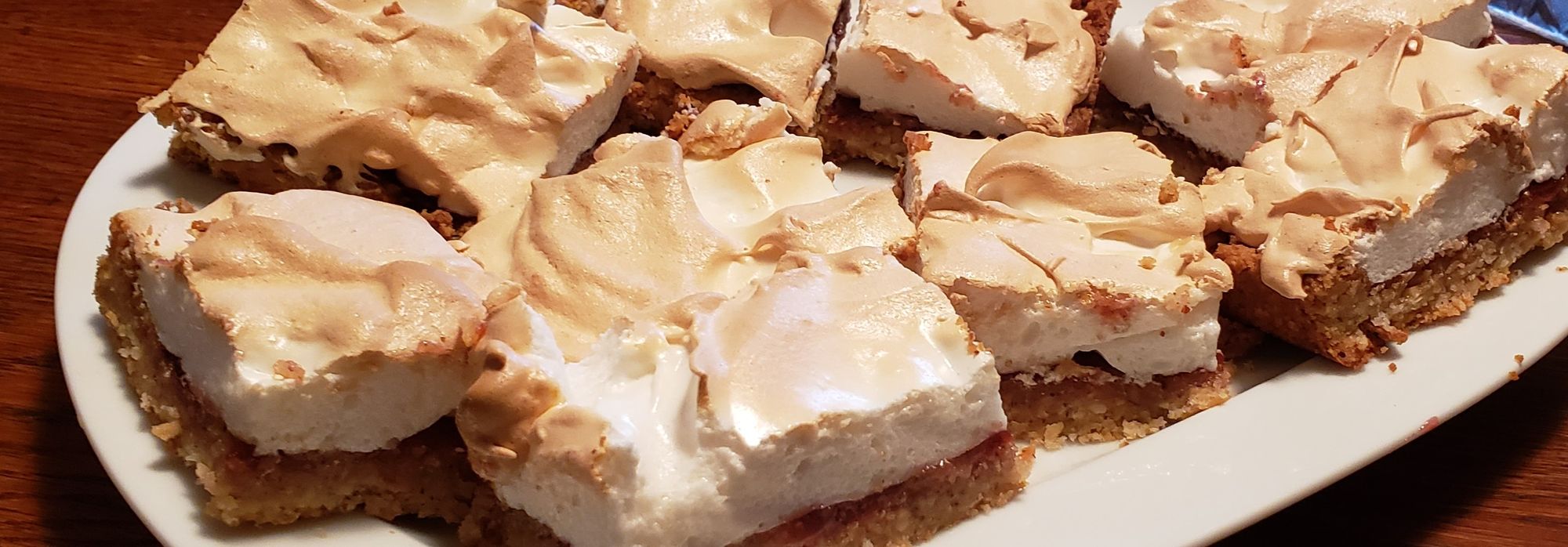
1) More in Shirt 2) Chocolate Kisses 3) Ladies' Whim
My grandmother's recipes include instructions on how to get air better into the batter and keep it in for the lightness of the cake: by beating eggs longer (up to half an hour, by hand, as they did it then) and beating the yolks with sugar separately from the whites, at room temperature, or by beating over a saucepan of simmering water.
It is a delicate balance to decide how much whipping is enough, my experience is that over-whipped egg whites will become clumpy, and difficult to fold into the batter. Also, using too many egg whites in a batter can make the cake dry.
Egg Yolks
Recipes that use just the yolk of an egg do so for the yolk’s fat content and emulsifying abilities. The fat gives baked goods extra-rich flavor and a velvety texture.
The yolk also has the unique ability to bind liquids and fats together, creating an emulsion that prevents them from separating. This emulsion process helps create a more homogenous mix of ingredients — aiding in an even distribution of liquid and fats throughout a recipe for smooth batters and creams.

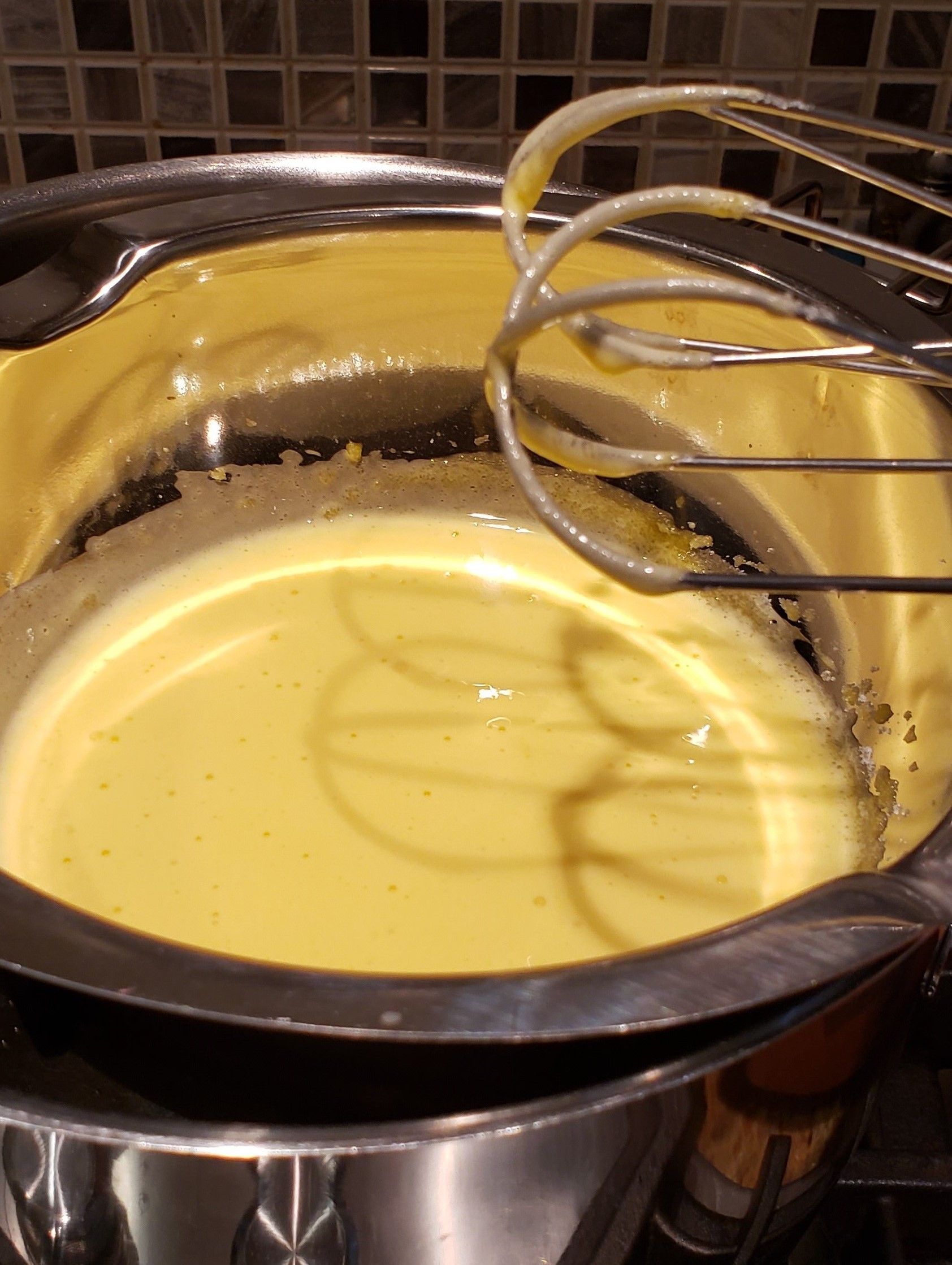
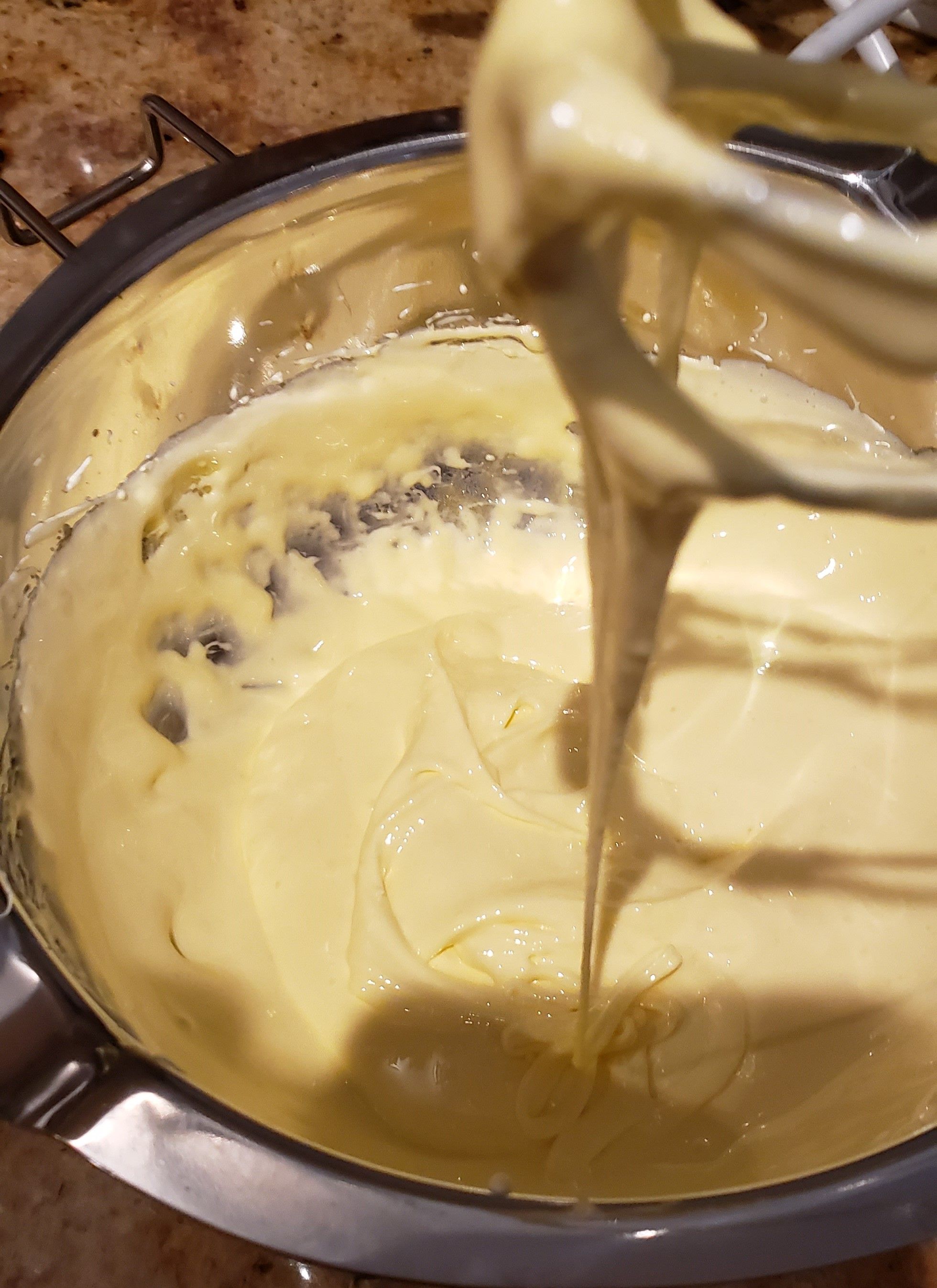
Whipping egg yolks over a steam bowl
When yolks are heated, the proteins they contain unfold and gel together. This is a delicate process; on too high heat proteins will gel and turn curdled and grainy, but when warmed gently over a steam bowl, as many recipes instruct, egg yolks have the ability to thicken products like creams and custards.
Some recipes in my grandmother's recipe notebook call for boiled egg yolks pressed through a sieve and added to the cake or cookie batter. It seems to be an old European secret to make incredibly tender baked goods. I tried, and surprisingly, it worked. The Linzer Cookies turned out incredibly delicate.
Whole Eggs
Using the whole egg gives you the best of both worlds. They carry many of the emulsifying properties of yolks and act as excellent binding agents in batters. Eggs combined with starchy elements, like wheat or nuts flour, coagulate and form the structure of baked goods, and they contribute to the wonderful golden brown color and moist texture of many pastries.
When mixed with sugar (like in a cake or cookie batter), eggs help trap and hold air — not quite as well as whipped egg whites, but enough to give the finished product some lightness and lift. The combination of eggs and sugar also adds a great deal of moisture and flavor to a recipe.
Besides the qualities of eggs for baking they are one of nature’s most nutrient-dense foods. One large egg contains 6g of protein and only 70 calories. Eggs are an important source of choline and high-quality protein, with all 9 essential amino acids. Eggs also contain many vitamins - several B vitamins, along with vitamins A and D and minerals like phosphorus, iodine and Selenium.
